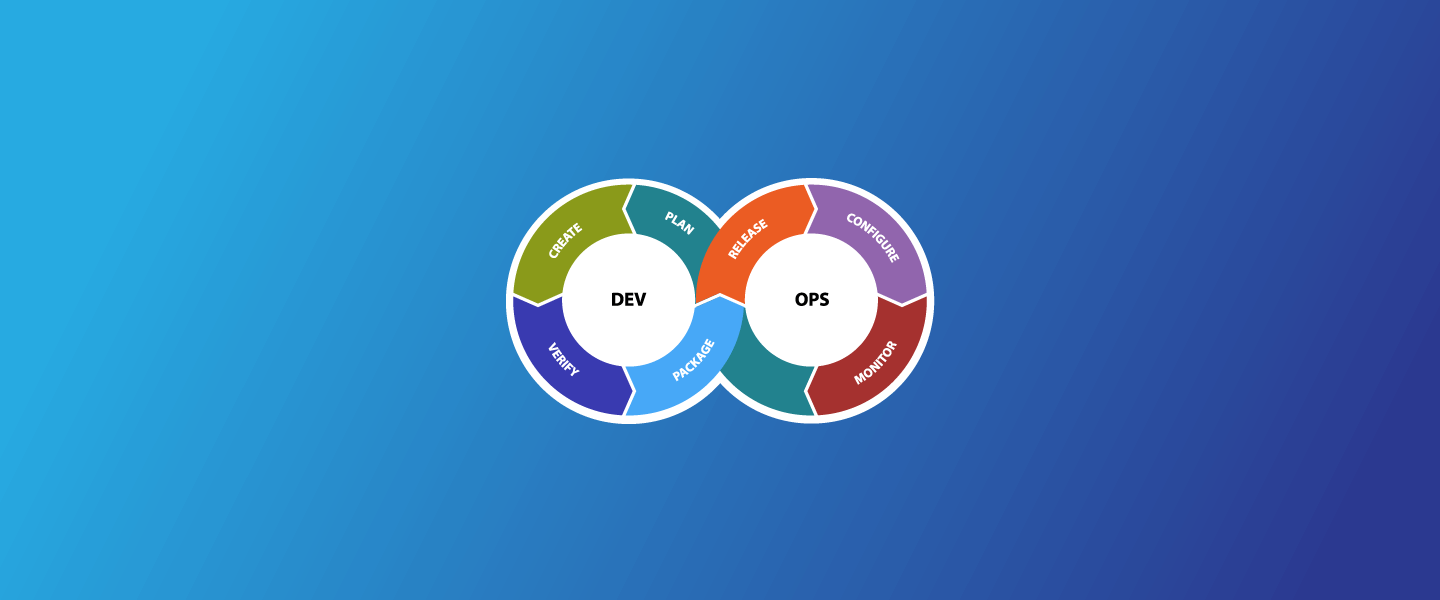While browsing around, I came across an interesting data point relating to users of Amazon Prime. In terms of demographics, Amazon customers tend to run the gamut of age groups. The graph, from Statista, shows that 39% of Amazon Prime members are in the age group of 18-34 yr., 34% in 35-54 yr. and 26% in 55 or above age category.
So, this leads to the question, who should Amazon be really targeting?
This particular inquiry should not be too difficult to answer but, based on this data, it actually says very little, or anything tangible about who Amazon customers actually are, or what they engage in.
Distribution of Amazon Prime members in the United States of March 2017, by age group
Source: https://www.statista.com/statistics/304940/amazon-prime-us-age-distribution/
The fact that traditional demographics no longer provide a reliable indication of which consumers are interested in shopping with Amazon, reinforces the point that demographics were only supposed to be a means to an end.
Continuous digital innovation and technological disruption has significantly reshaped the consumer engagement landscape. Recent advances in data mining, behavioural science, cognitive analytics and pattern recognition, are making it possible for companies to leverage untapped sources and derive insights that lead to better experiences and decision making across the business.
Growing Importance of Personalization
It is hardly surprising that digital and marketing professionals are questioning the relevance and relationship of demographic data to targeting. However, personalization’s dirty little secret is the fact everyone is talking about it, but hardly anyone is actually doing it well.
I have recently conducted several QBRs with our clients, during which the conversation invariably turns to - “wouldn’t it be great if we could show a tailored promotional offer to our customers on the website? You know, really personalise it?”
The thing to keep in mind is that personalisation is more than just tailoring a promotional offer in order to sell more stuff. Delivering a personal experience is different than delivering a contextual one.
Personalization is a dynamic user experience approach. Paired with data analysis tools and content management solutions, personalization makes it easier for customers to discover, and consume what they want...and done in the way how, and when they want. In the process it increases engagement, reduces cognitive load, enhances discoverability and makes task completion more efficient for the user.
It is easy to boil the ocean, which can lead to data paralysis. To be clear, the purpose is not to catalog vast volumes of unstructured data. Having a “robust” data set means only storing the information that will change how you interact with, and serve, the customer.
The questions to ask here are – What problem are we solving? What do we know about the user context? Finally, what data sources and analytics capabilities will help us address their needs? Answering these questions makes it possible to generate experiences that are relevant and contextual.
Where to Start
Based on my interactions with the clients it is clear that personalization represents a new business reality, an evolution from the traditional demographic based approach, that must be addressed by all consumer-facing businesses that plan on having a future.
However, I don’t recommend putting all eggs into an evolved machine-learning-based personalisation on day one. It takes large amounts of investment, technical understanding, and organisational buy-in to get to the personalisation promised land.
You can get there, but be prepared to crawl before you run. Here is our 4I Framework to get you started:
Path to Personalization - The 4I Approach
Identify
It’s the Data Recognition Layer
-
Start with capturing proprietary data for prospects and known customers
-
Break down internal silos and identify a cross-discipline historical and real-time customer engagement data points (demographic, profile, location based, lifecycle, CRM, store, device, social, preferences, patterns, site analytics, loyalty etc.)
Integrate
It’s the Aggregation Layer
-
Integrate disparate data sources for a single view of your customer at any moment in time
-
How robust the data is directly impacts how contextual the experience can be
-
Integration of CRM data with the data from external sources contributes to overall robustness
Intent
It’s the Content Logic Layer
-
Map customer’s journey (known & new) and identify moments / scenarios where that matter and the context that surrounds them
-
Get everything you need to make informed decisions – personas, objectives, requirements, research and anything else that’s a needed input
-
Model your customer’s user experience, their most important needs from a content and experience flow standpoint
Imply
It’s the Delivery Layer.
-
Evolve design systems to be more modular and component-based
-
A flexible system that allows us to build once and use often
-
Identify what content needs to be developed to support personalization efforts – make sure it is adaptable and able to scale across variety of touch points / formats
-
Monitor customer actions - as customer’s level of engagement evolve, we adapt to serve content reflective of that evolution
Final thoughts
Digital continues to reshape customer behaviour and shopping. In today’s business scenario, personalization has emerged as the competitive currency. More and more companies are exploring different approaches to develop personalized digital experiences. They are analyzing previously untapped data sources extracted from customers’ digital interactions and using the insights to develop content, promotions marketing, customer service, and even product development strategies that offer consumers a targeted and individualized customer experience.
To be clear, the purpose of personalization is not to catalog vast volume of unstructured data. In trying to do that without specific purpose in mind will likely lead to failure. However, efforts that are well defined often deliver the greatest value.
Lastly, delivering on personalization is a continuous process not a one time act.


